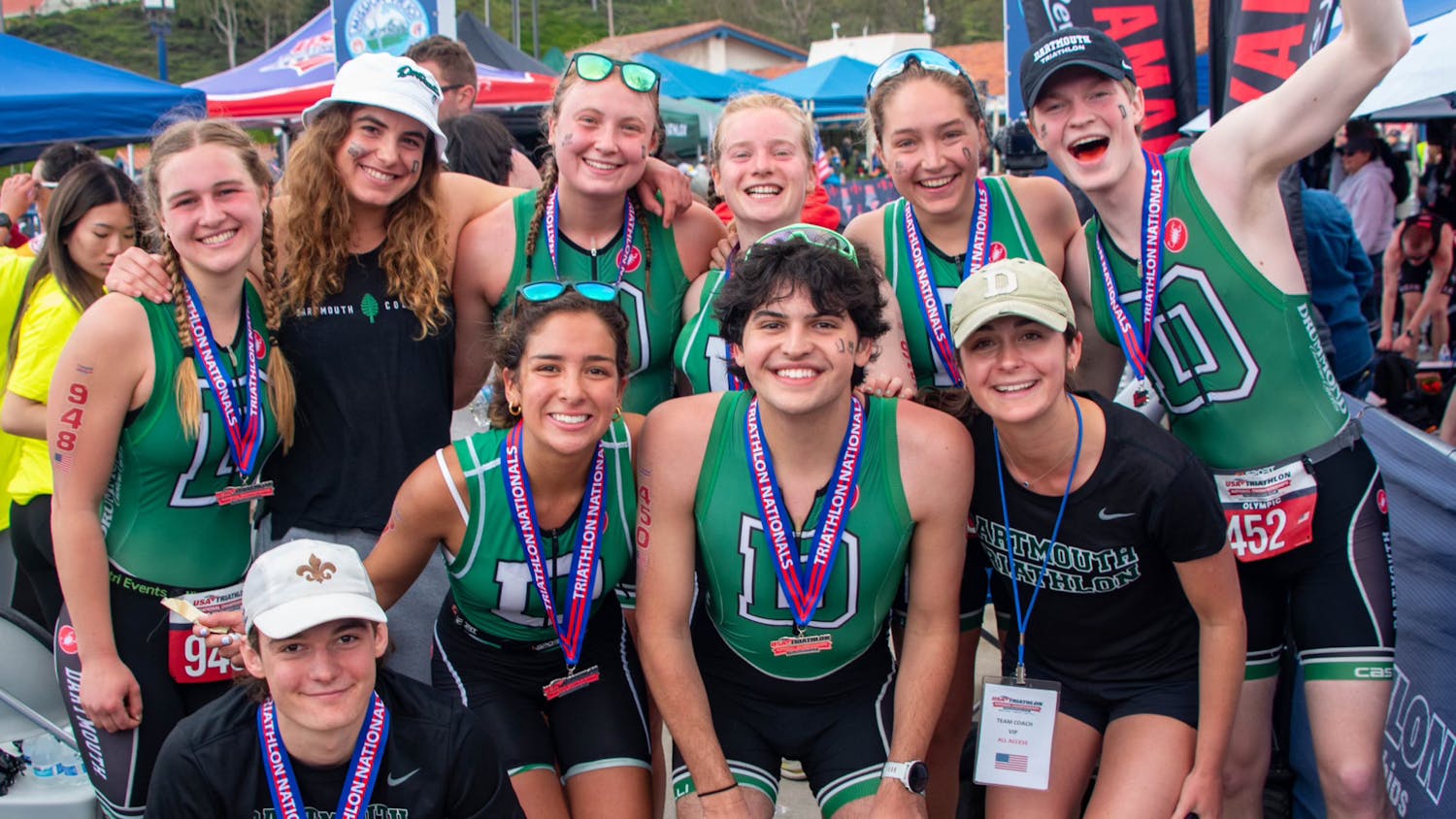This topic seems old to me, and yet here we go. Spending inequality for female athletes continues to persist in college athletics, and Dartmouth and the Ivy League are no exception. Yes, we did just mark the 40th anniversary of Title IX’s passage, and yes, federal law does require universities receiving federal funds to equally finance men’s and women’s athletic teams.
Nationally, female students comprise 57 percent of undergraduates, but make up just 43 percent of athletes. One can argue that this might reflect different preferences between male and female students, but women also only receive 45 percent of athletic scholarship dollars.
Women’s teams on average receive just 38 percent of college operating dollars and 33 percent of recruitment spending. Head coaches for women’s teams receive average salaries of $850,400 compared with $1.78 million for men’s coaches, a difference of $932,700.
While the Ivy League does get a lot of things right, such as prioritizing the student side of the student-athlete identity, theLeague demonstrates spending inequalities similar to those seen among Division I schools. I would argue the most attention is paid to the wrong statistics. While male athletes outnumber female athletes in the Ivy League and at Dartmouth, and receive more funding per capita, these statistics are largely skewed because of the impact of schools’ football programs. More important is the differential in men’s and women’s coaches’ salaries and recruitment spending, which could cause women’s teams to be less competitive.
According to the Dartmouth’s 2012-2013 Higher Education Act report, the College has 400 unduplicated female athletes and 491 males, meaning women make up 44.9 percent of all athletes. Female athletes receive 41.3 percent of all operating costs for athletics, $2.15 million compared to $3.06 million for males, which on average comes to $1,000 less per athlete, $4,344 compared to $5,351 for male athletes.
Football, the sport with the largest single sex roster and most and highest expenses, can largely account for these differentials. In 2012-2013, football operating expenses totaled $582,560 and the team carried 108 men.
The remaining differential of $327,745 can in part be explained by variation in teams’ successes in post-season performance, as more successful seasons incur greater travel costs. While some female teams with comparable male programs received less — $8,000 less per female hockey player, $1,500 per female rower and $1,000 per female tennis player, squash player and skier — other programs received more. Female lacrosse players received $7,500 more per athlete than male players in order to finance their international trip, and women’s basketball players received about $2,000 more per athlete.
Harder to understand statistics are women’s recruiting expenditures and head coaches’ salaries. In 2012-2013, women’s teams received $268,422 for recruiting expenditures, compared to $641,928 for men, meaning they received 29.5 percent of all recruiting dollars. Women’s head coaches are paid an average salary of $67,310 compared with $81,328 for men’s head coaches, a difference of almost $14,000. Men’s team assistant coaches are paid more as well.
These trends manifest at Dartmouth’s peer institutions as well, but are hard to parse out. Discounting football, men’s and women’s teams in 2012-2013 had very similar aggregate expenses and revenues, and women’s teams were more profitable overall. Women’s teams had total revenues of $5.49 million and expenses of $5.95 million, while men’s teams excluding football generated $5.40 million in revenues and had $6.12 million in expenses. Football generated $2.64 million and had $2.60 million in expenses.
Why are schools spending more to recruit and coach male athletes when female athletes are more profitable? The answer is not obvious to me. And for anyone who missed it, the first Ivy League title earned by a Dartmouth team in over a year was won by the women’s cross country team this past weekend. That’s a team with just five recruiting spots per class year — you could get great returns on investment.



